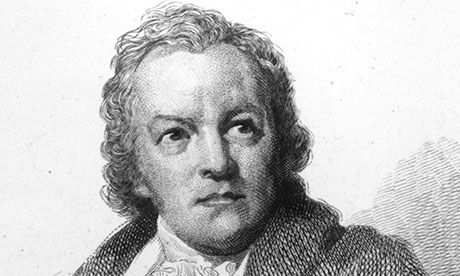
Art publishing has been slow to wake up to digital and not just because it is a notoriously conservative industry. One difficulty lies in production: securing digital image rights is a slog. Another, more serious, question is whether there is a market for this sort of thing.
Scholars can be sniffy: "There is a huge resistance in academia to ebooks, especially in art and art history," an editor from Yale University Press told an American journal. As for the museum-going public, good luck convincing them that a digital exhibition catalogue would make an ideal souvenir or Christmas present.
Tate Publishing's foray into ebooks ("marrying the Tate's remit to increase public understanding and enjoyment of art with a 'digital as part of everything' philosophy") sounded promising. Disappointingly, the ebooks, which range from textbooks to shorts on the artistic process (including William Blake's Seen in My Visions), turn out to be little more than replicas of print. Footnotes are not hyperlinked. The "fully zoomable" images only zoom to book resolution. A flirtation with video, such as in the iBook version of How to Paint Like Turner, is as interactive as it gets.
The Tate isn't alone in failing to crack digital. Phaidon's Focus series suffers from similar drawbacks. Even in America, where university presses and museums are steaming ahead with digitisation, no one has managed to design an ebook that is, well, better than a book.
If digital art publishing has a future, it needs to do what can't be done on the page. Zoom in on brush strokes. Click on details. Compare multiple versions of the same picture. Display the work in a cross-cultural context. View decorative arts in three dimensions (the Ashmolean iBook does this nicely).
One problem, however, seems insurmountable: you can't show off an ebook on a coffee table.

